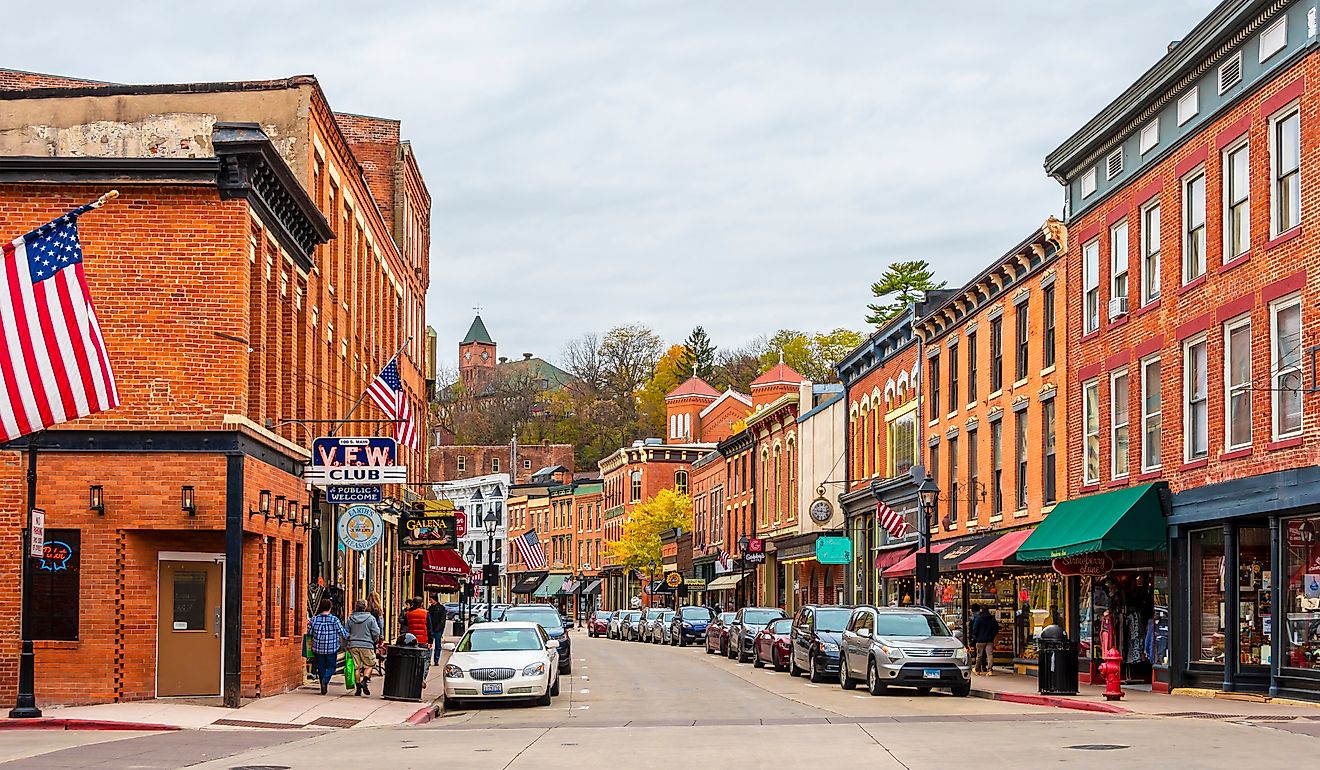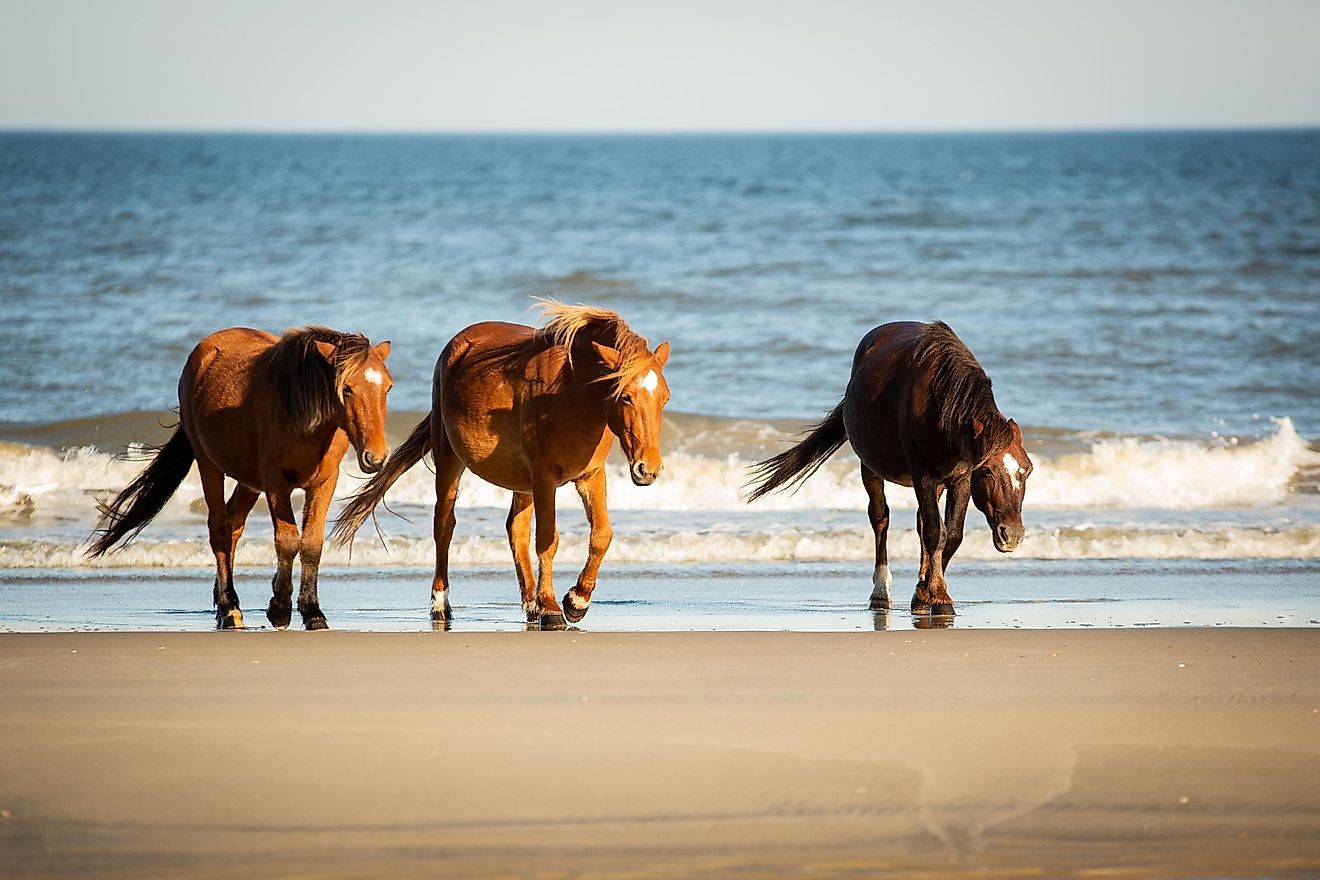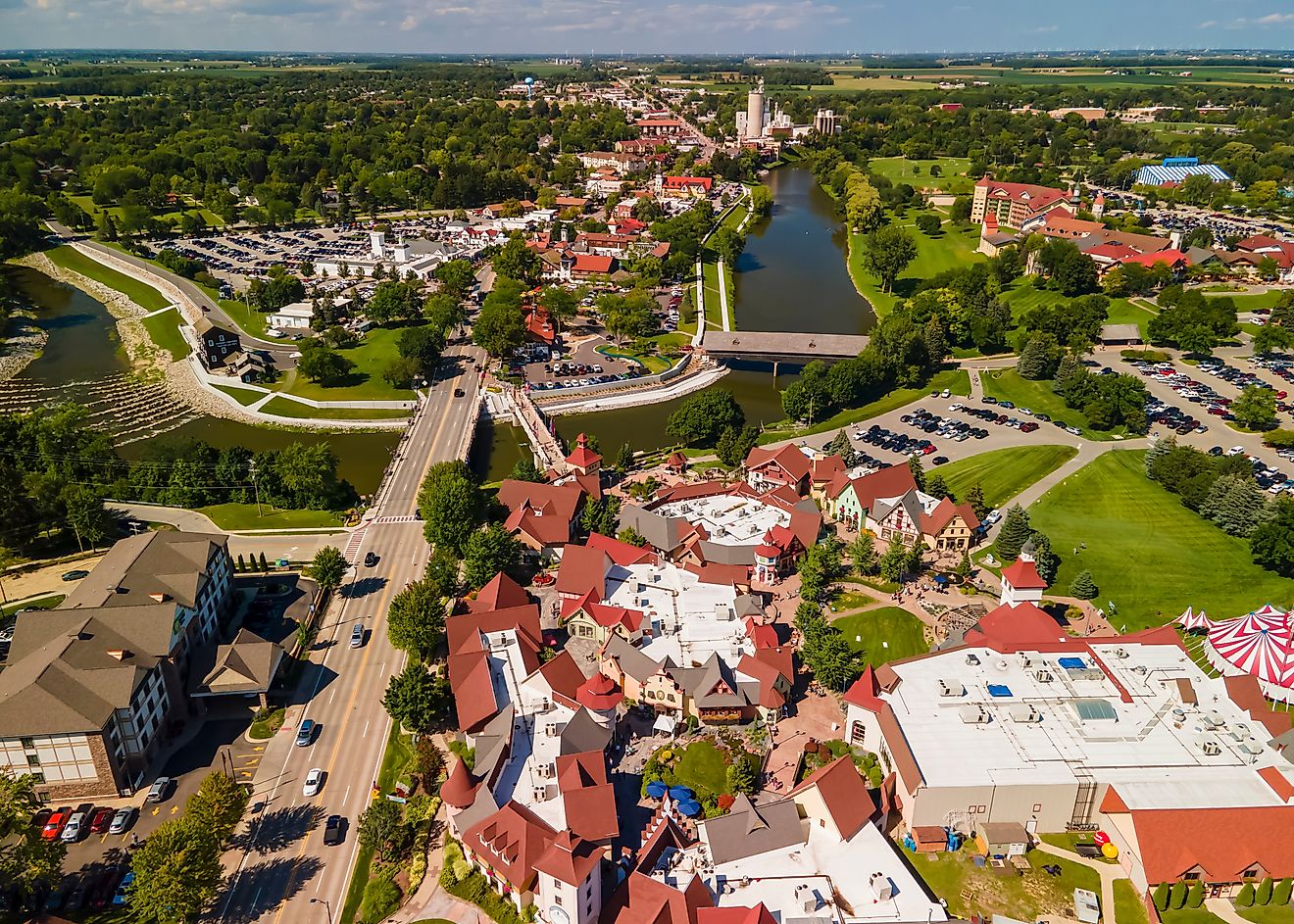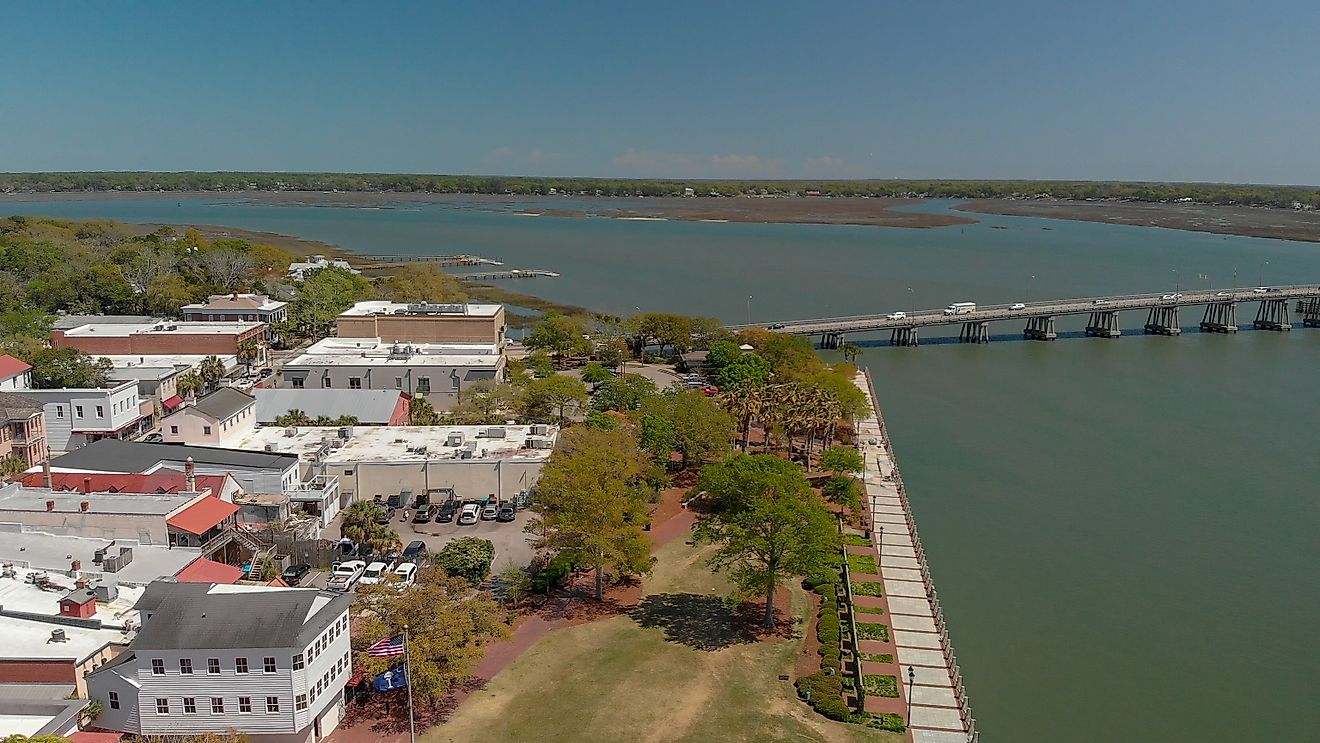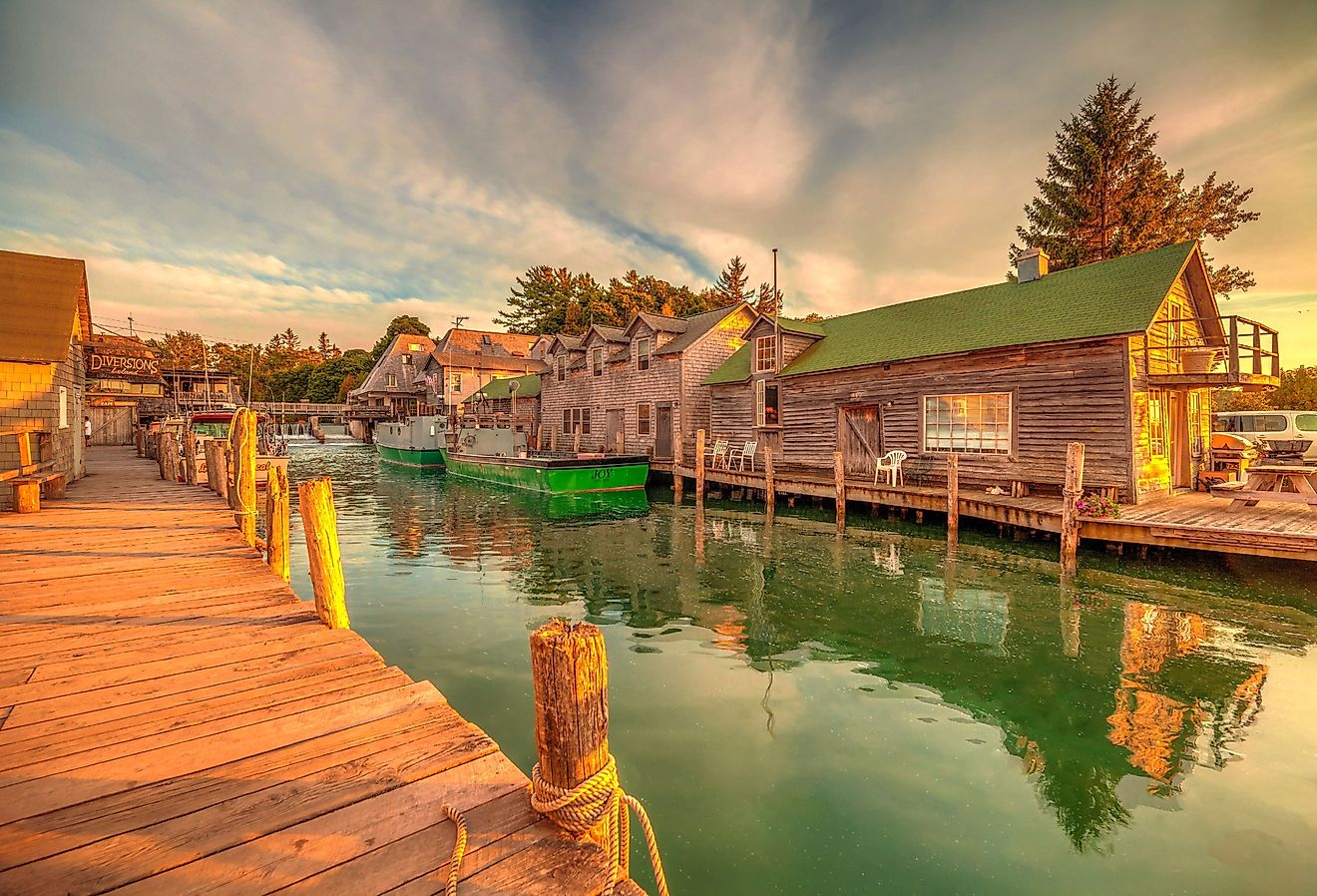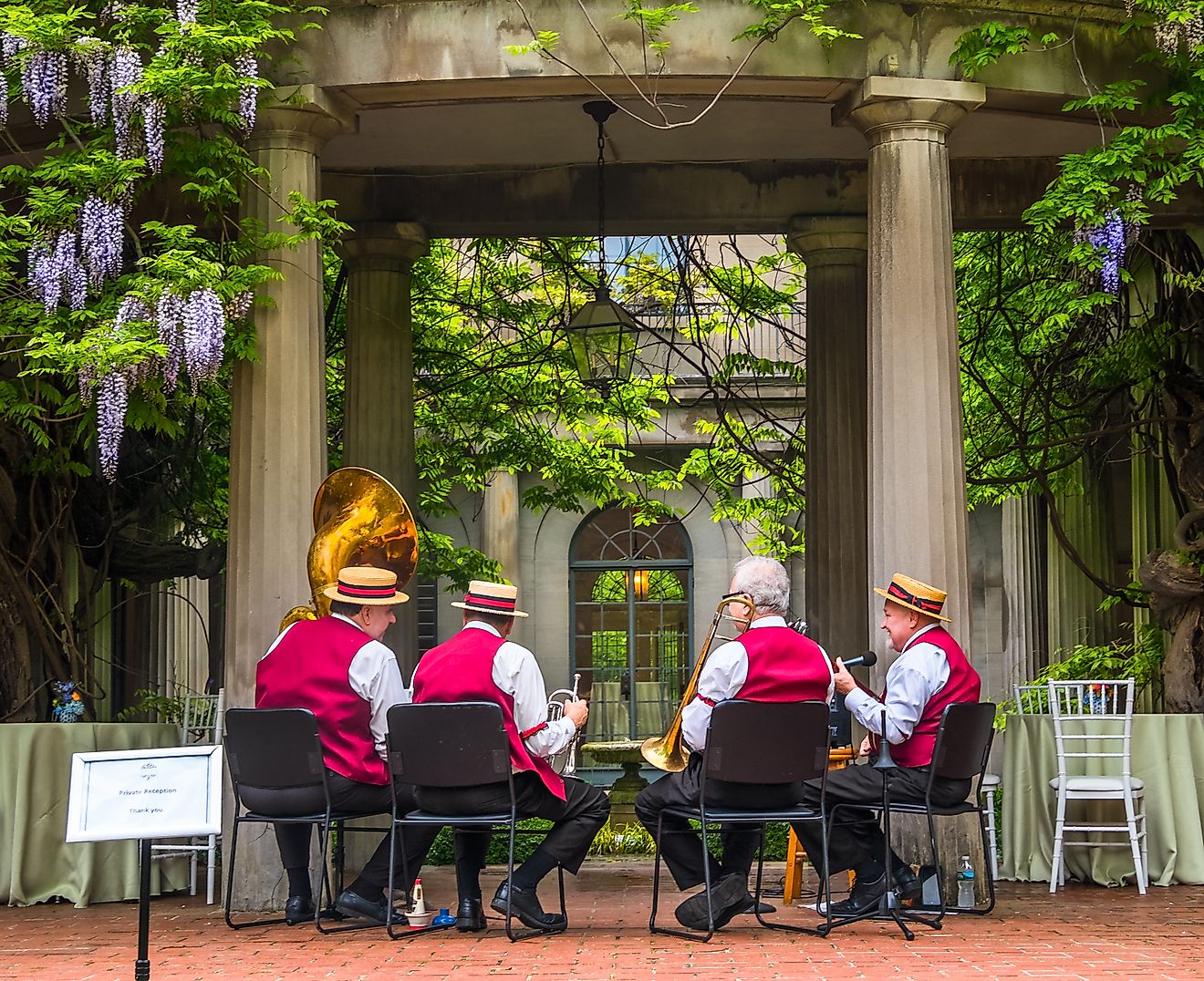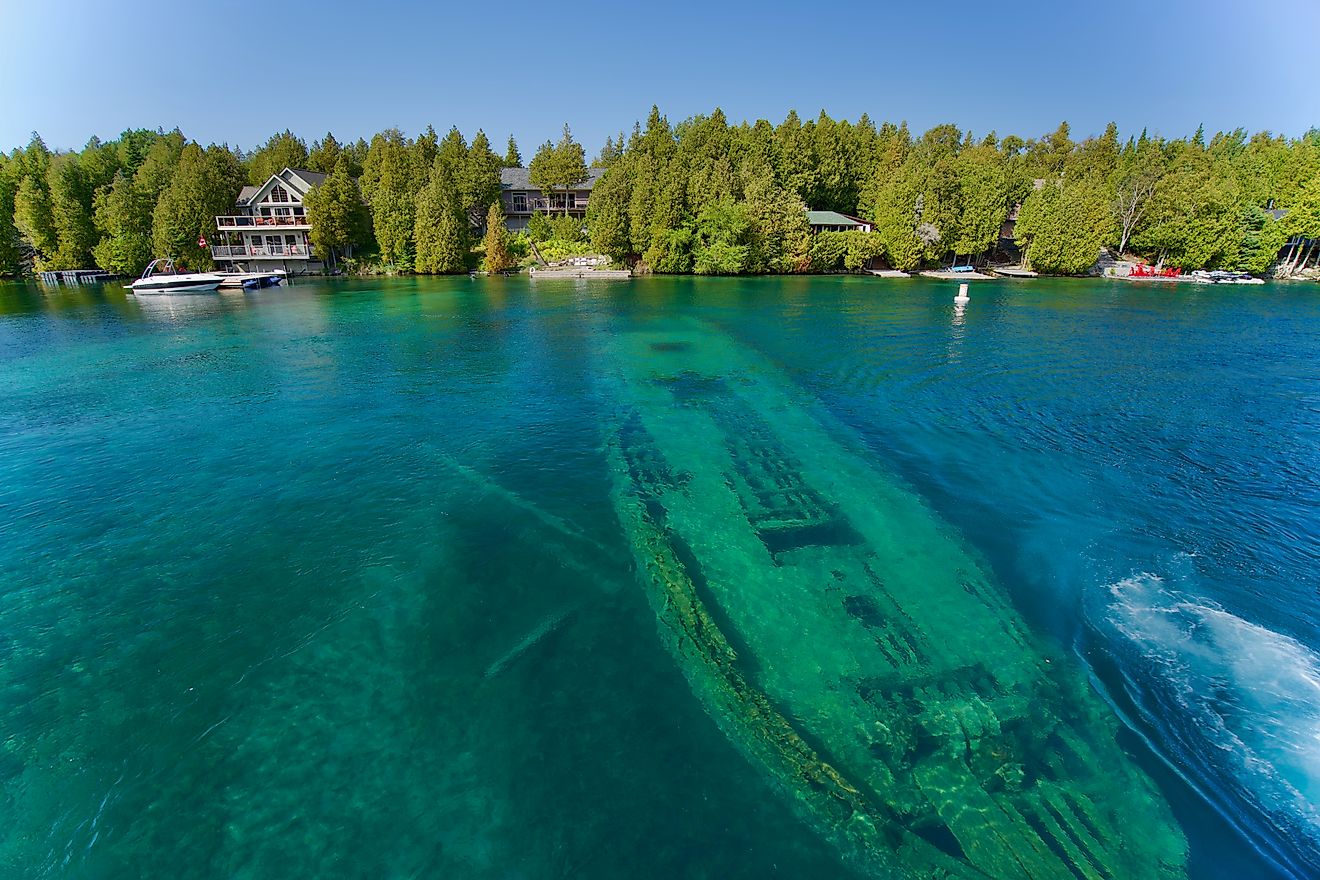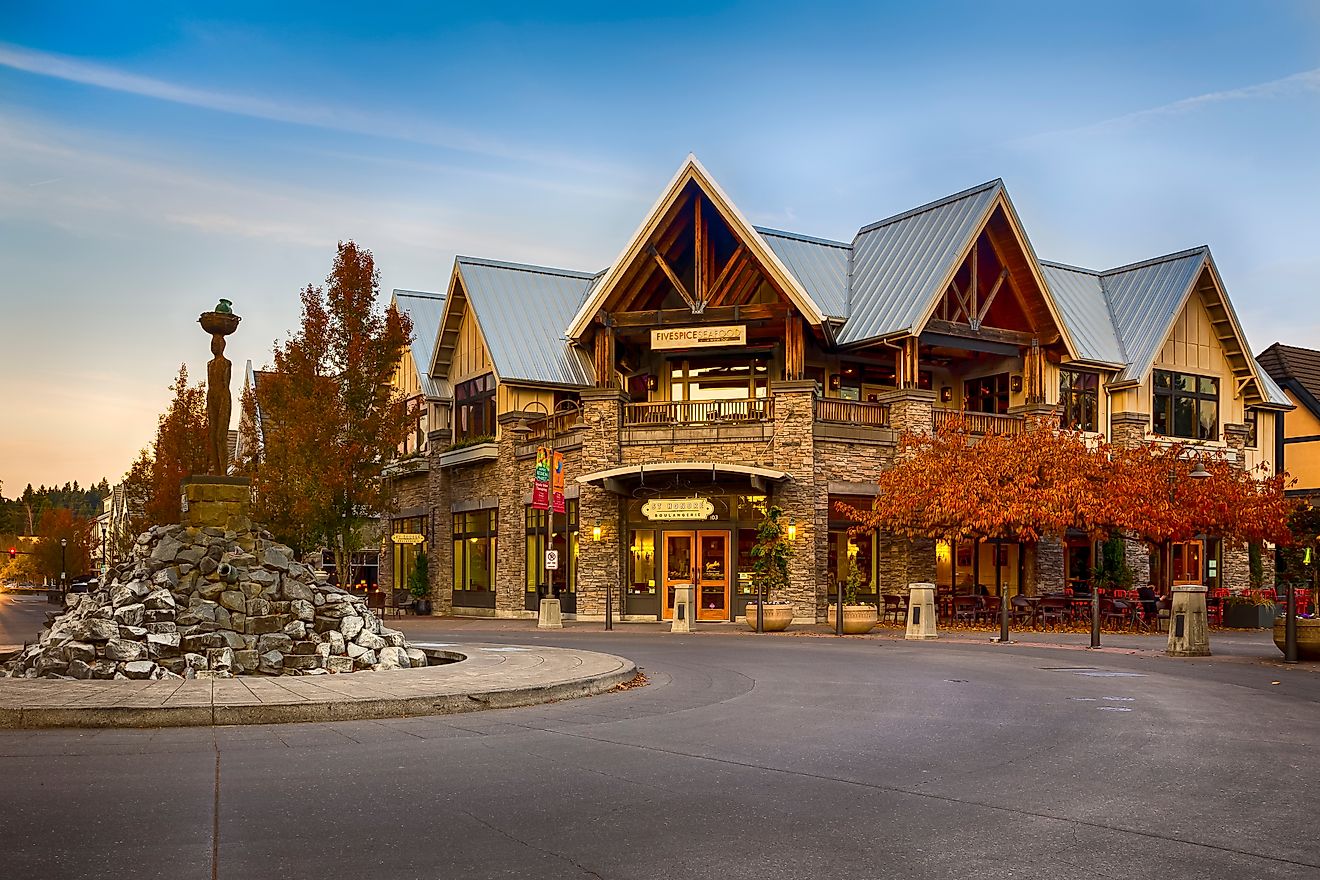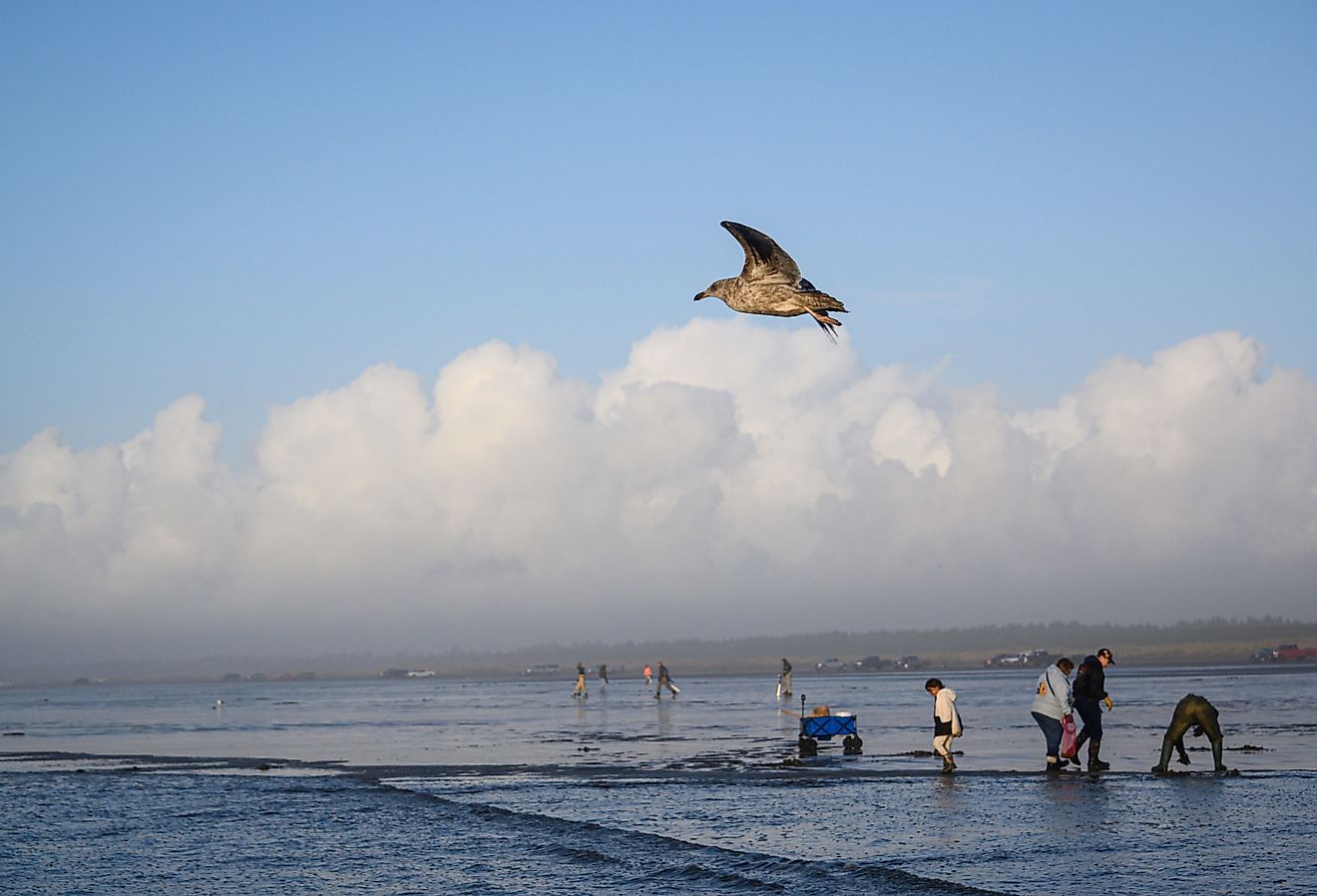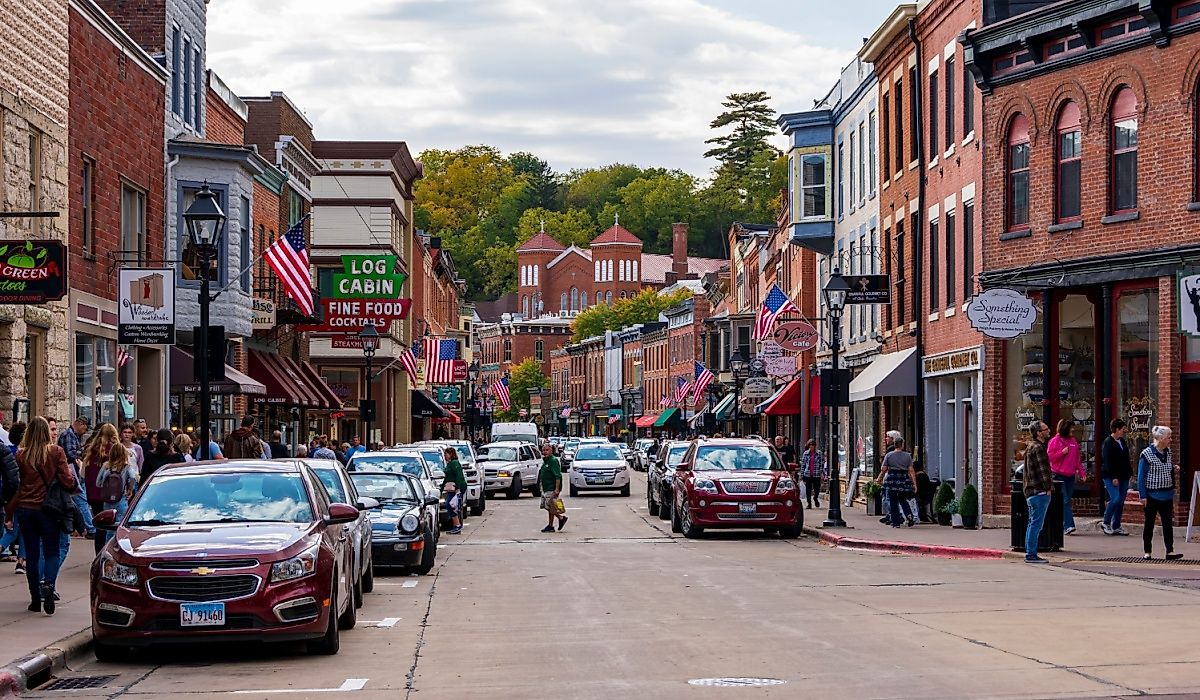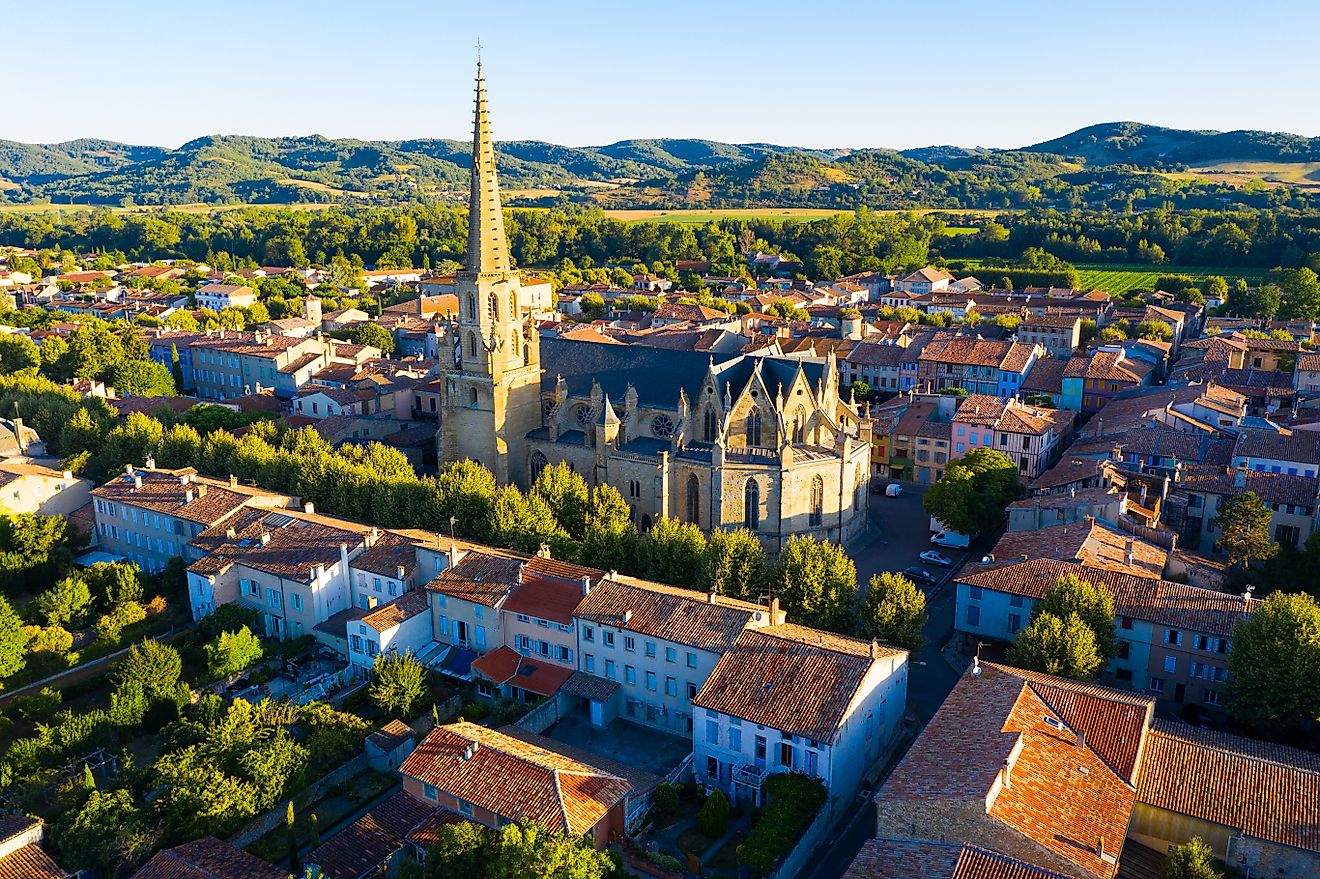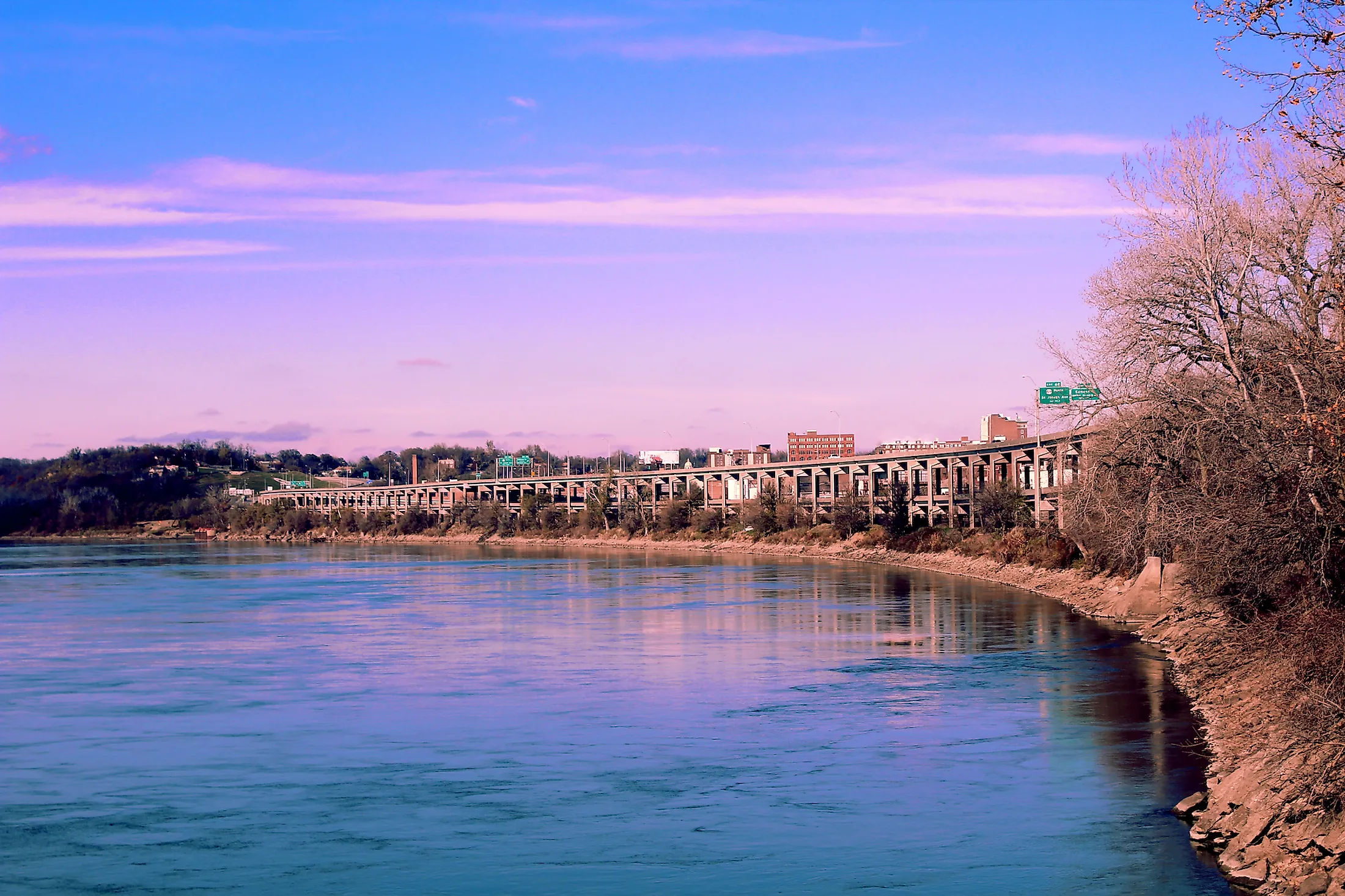
St. Joseph, Missouri
St. Joseph is a city and the county seat of Buchanan County, Missouri, in the United States of America. It was named after the town’s founding father, Joseph Robidoux, and the biblical Saint Joseph. St. Joseph is the 8th largest city in Missouri and the birthplace of the famous rapper and songwriter Eminem, who grew up and started his career in Detroit, Michigan. Today, the city has a population of around 72,688 people.
Geography Of St. Joseph
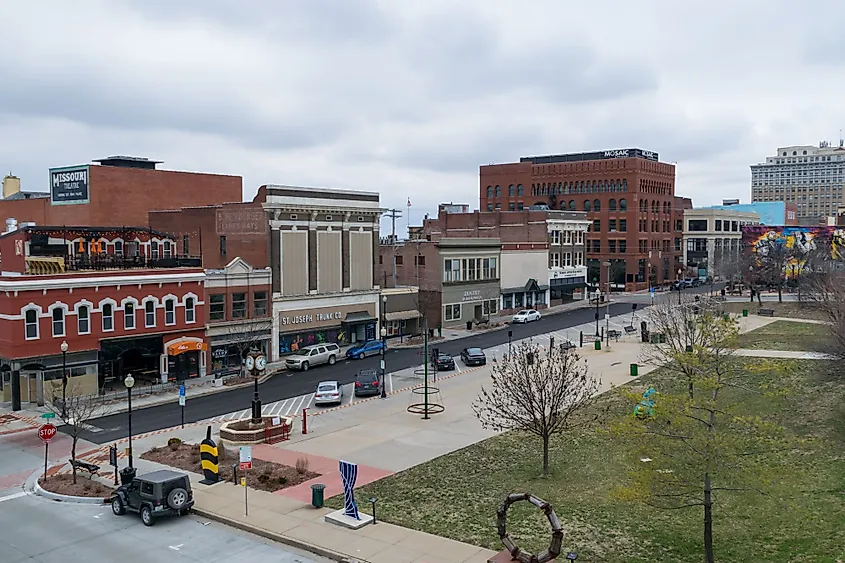
St. Joseph is the principal city of the St. Joseph Metropolitan Statistical Area, which includes Andre, DeKalb, and Buchanan counties in Missouri and Doniphan County in Kansas. St. Joseph is located on the Missouri/Kansas border in northwestern Missouri. It is on the Missouri River, 45 km north of Kansas City. According to the U.S. Census Bureau, St. Joseph has a total area of 115.92 sq. km, of which 113.9 sq. km is occupied by land, and 2.02 sq. km is occupied by water.
The Population Of St. Joseph
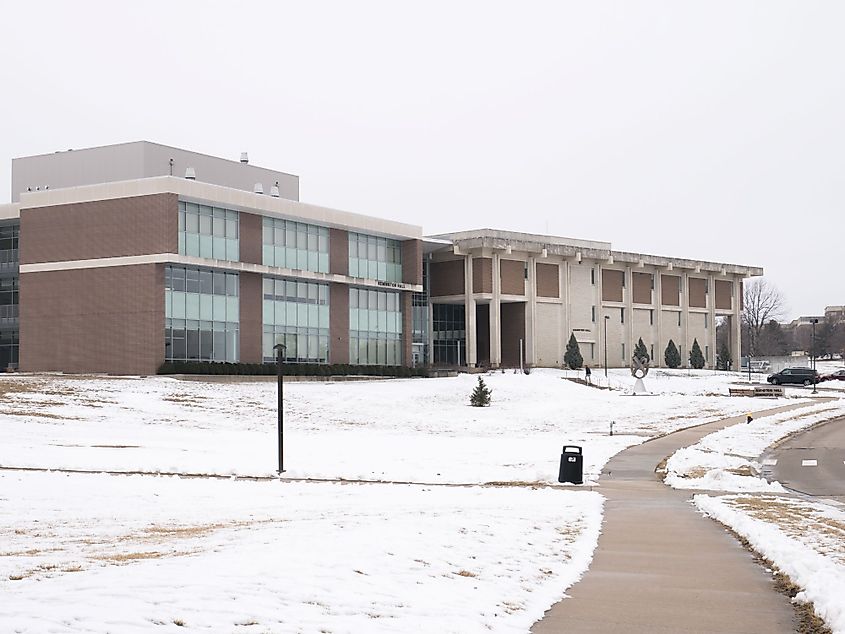
In 2020, St. Joseph, Missouri, was home to a population of 72,688 people with a median age of 38.9. The city’s population has decreased by 5.33% since the most recent census, which recorded a population of 76,780 in 2010, at a rate of -0.99% annually. Around 86.14% of St. Joseph’s population are White, of whom most are non-Hispanic. Black or African American accounts for 5.97% of the city’s population, Two or more races at 3.82%, Other races at 1.81%, and Asians at 1.2%. The minor ethnic groups in St. Joseph are Native Hawaiian or Pacific Islander at 0.54% and Native American at 0.52%. All households in St. Joseph speak English at home as their primary language. As of 2019, 3.13% of St. Joseph residents were born outside the country. The most common birthplace for foreign-born residents of Missouri was Mexico, followed by India and China.
The largest universities in St. Joseph by the number of degrees awarded are Missouri Western State University and American Business and Technology University. The most popular majors in the city are Nursing Assistant & Patient Care Assistant, Liberal Arts & Sciences, and Registered Nursing. The student population is skewed towards women, and most of the students graduating are White, followed by Black or African American and Hispanic or Latino.
The Economy Of St. Joseph
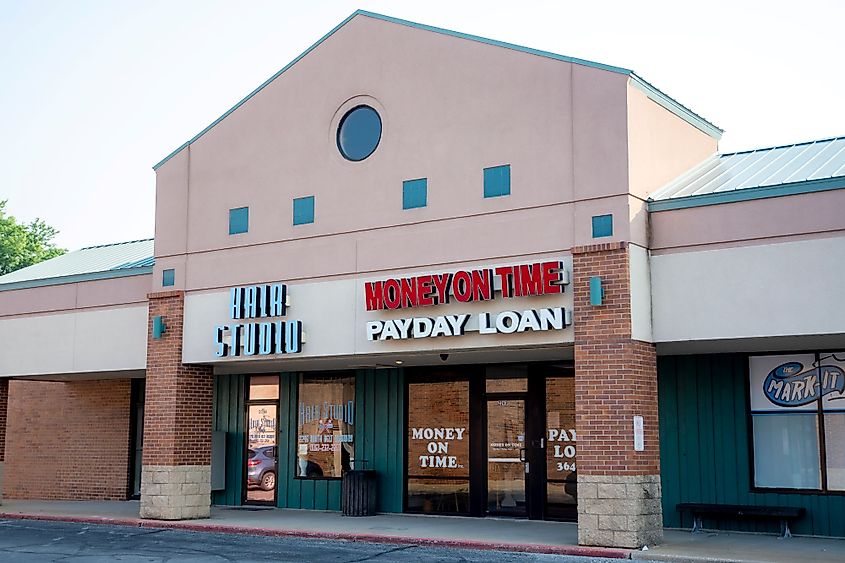
The median household income in St. Joseph is $52,810. Although the income inequality in Missouri (measured using the Gini index) is 0.461, which is lower than the national average, males tend to earn 1.36 times more than females. The economy in St. Joseph employs around 50% of the city’s workforce in different industries, with manufacturing, Health Care & Social Assistance, and Retail Trade being the largest employing industries. On the other hand, the highest paying industries are Finance & Insurance, Utilities, and Real Estate & Rental & Leasing.
Brief History Of St. Joseph
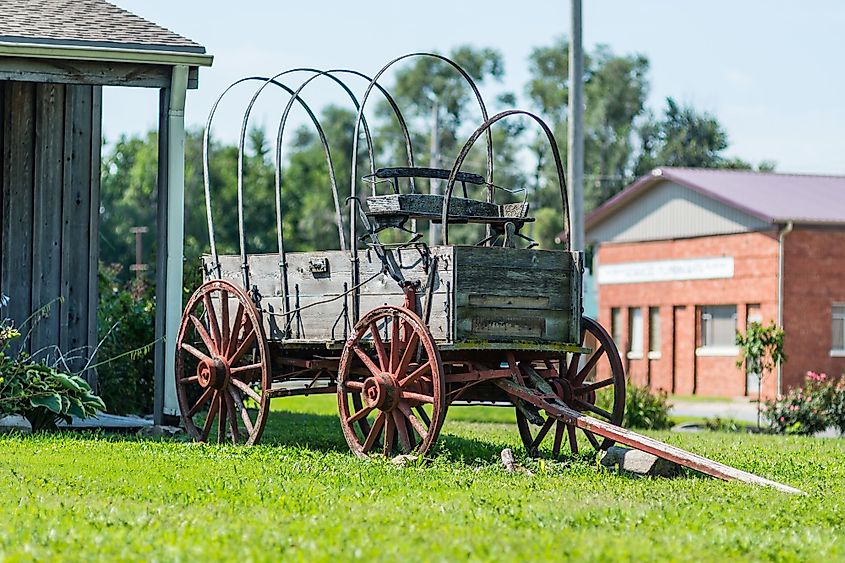
The state of Missouri was organized in 1821. This encouraged Businessmen and traders like Joseph Robidoux to establish a business. Robidoux established the Blacksnake Hills trading post with the Indians in 1826. His trading post grew fast, becoming a fur-trading empire that stretched to the southern Rock Mountains. The Platte Purchase joined his land to the state of Missouri in 1837. Joseph Robidoux is considered the founding father of St. Joseph. He conveyed the land surrounding Blacksnake for public use in 1843, and the city of St. Joseph was incorporated in 1851. St. Joseph was a relatively small town until the discovery of gold in California in 1848, which significantly accelerated westward migration.
The gold rush made St. Joseph the headwater for the journey west as hundreds of thousands of workers and settlers arrived by steamboat, and hundreds of wagons were ferried across the Missouri River. The wagons, along with oxen and supplies purchased by the workers, established the economic foundation of St. Joseph. The railroad's arrival to St. Joseph in 1859 marked the second wave of the town’s growth. The town played a significant role as a supply and distribution point to the entire western half of the country. The town's location near the Missouri River and accessibility by way of river, rail, and land pushed for the phenomenal growth of the town throughout the 19th century. However, the political tension leading up to the Civil War established the Pony Express in 1860, making St. Joseph the eastern terminus. The period was full of violence and divided loyalties which affected the economy, but after 1865, the town and its economy recovered rapidly. In the 1870s, Principal channels of distribution were established, making St. Joseph a leading wholesale center for the building of the west. The 1880s and 1890s were the golden age of St. Joseph’s prosperity. In 1886, the city of St. Joseph had a population of 60,000 people with eleven railroads, 70 passenger trains each day, and more than 160 factories.
Tourist Attractions In St. Joseph
St. Joseph is a well-known city where the famous Pony Express started. The city has impressive architecture and is full of museums and a wide range of entertainment avenues and restaurants.
Patee House Museum
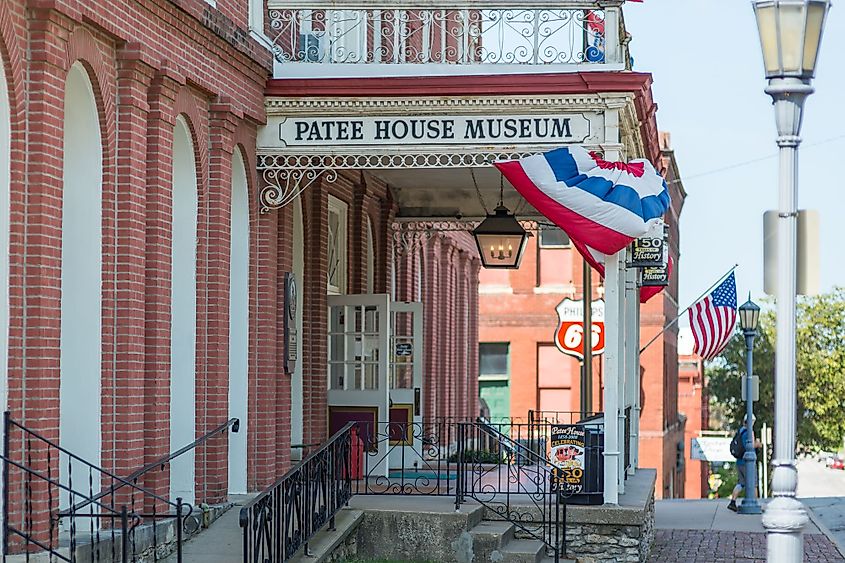
The Patee House Museum is one of the top-visited places in the city. It is a National Historic Landmark and a museum of transportation and communications. John Patee originally built the Patee House museum as a hotel, and the building has been used as a girl’s college and a shirt factory for over eighty years. In 1860, the Patee House was used as the Pony Express headquarters. Visitors enjoy exhibits and explore various items the museum displays, including an 1860 locomotive, a railway mail car, a 1920s-style service station, antique cars, and much more.
Missouri Theater
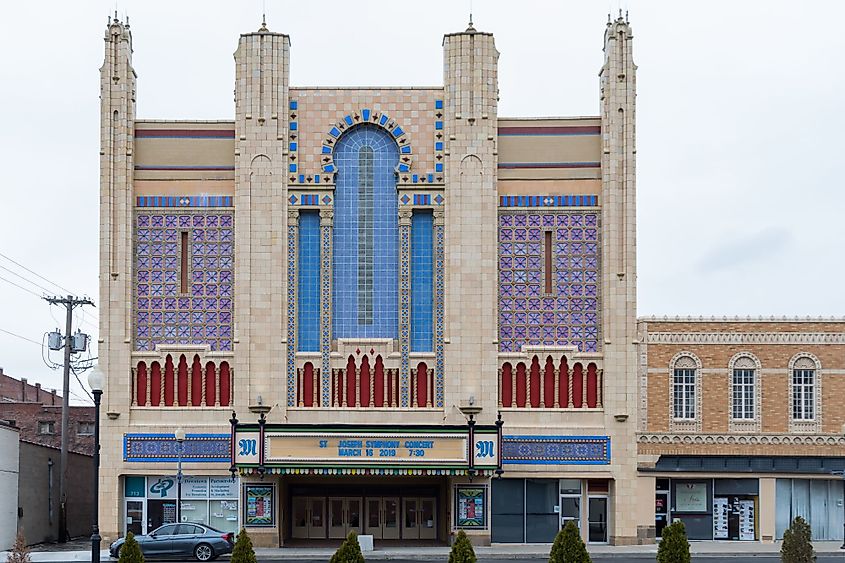
Art fans can enjoy visiting the Missouri Theater, which was first opened in June of 1927, showing Rough House Rosie as its main feature. In 1979, the Missouri Theater's unique structure was added to the United States National Register of Historic Places. The theater preserves one of the few examples of the original Hollywood-Oriental style in the nation. The theater is now open as a performing arts center.
Krug Park
Nature lovers must visit Krug Park, which is often noted as the town’s oldest park. The park features extensive landscaping, colorful flower beds, and Italian Renaissance structures. It spans over more than 0.5 sq. km with places for visitors to enjoy picnics, a playground with an Italian-style castle, an amphitheater, walking and biking trails. Krug Park attracts many visitors during Christmas as the park grounds get decorated and “light up,” transforming the park into Holiday Park, home to Northwest Missouri’s largest outdoor light display.
